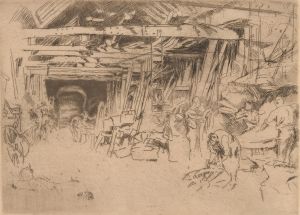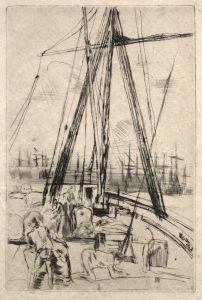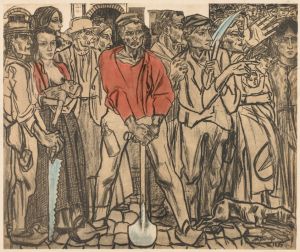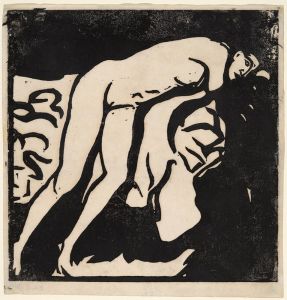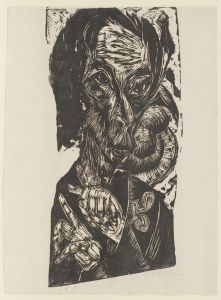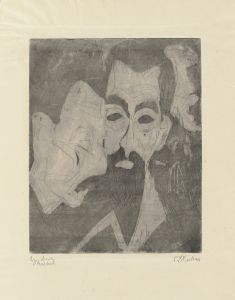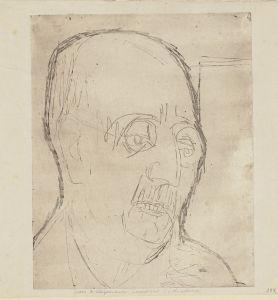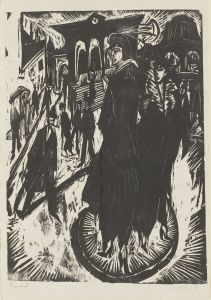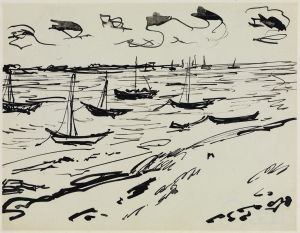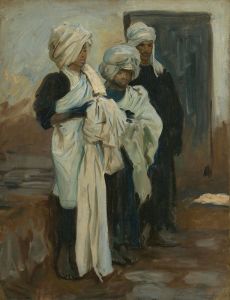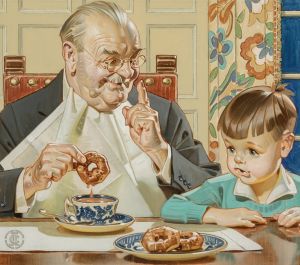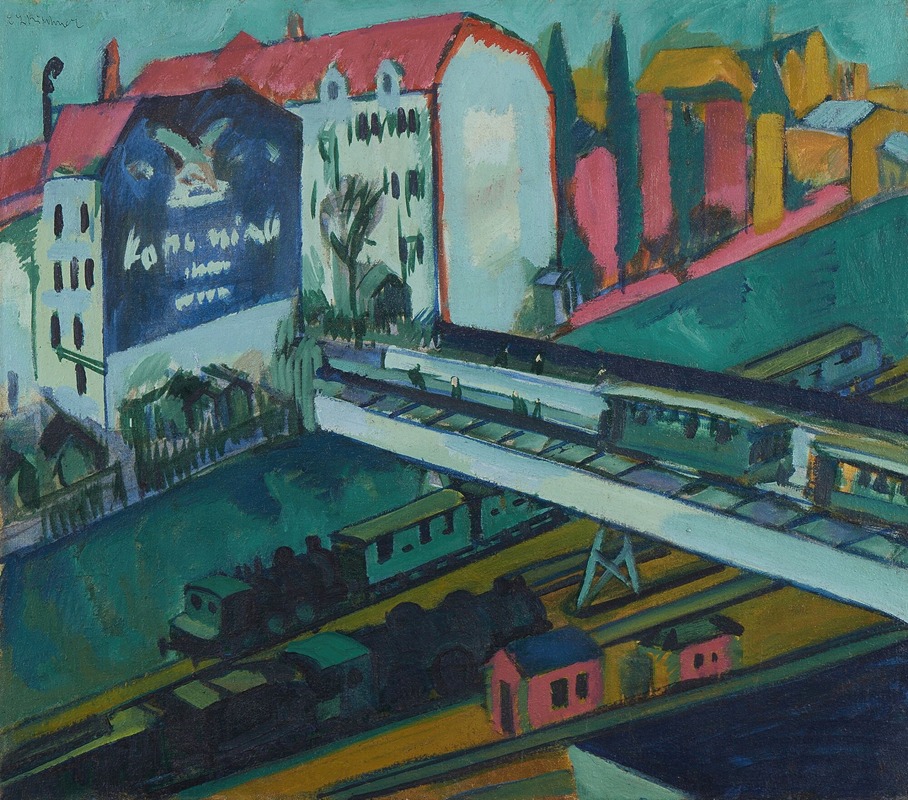
Straßenbahn und Eisenbahn
A hand-painted replica of Ernst Ludwig Kirchner’s masterpiece Straßenbahn und Eisenbahn, meticulously crafted by professional artists to capture the true essence of the original. Each piece is created with museum-quality canvas and rare mineral pigments, carefully painted by experienced artists with delicate brushstrokes and rich, layered colors to perfectly recreate the texture of the original artwork. Unlike machine-printed reproductions, this hand-painted version brings the painting to life, infused with the artist’s emotions and skill in every stroke. Whether for personal collection or home decoration, it instantly elevates the artistic atmosphere of any space.
Ernst Ludwig Kirchner was a prominent German expressionist painter and one of the founding members of the artist group Die Brücke (The Bridge), which played a crucial role in the development of modern art in the early 20th century. His work is characterized by bold colors, dynamic compositions, and a focus on the human figure and urban life. One of his notable works is "Straßenbahn und Eisenbahn" (Tram and Train), which exemplifies his distinctive style and thematic interests.
"Straßenbahn und Eisenbahn" was created during a period when Kirchner was deeply engaged with the bustling life of the city, particularly Berlin, where he moved in 1911. The painting reflects the rapid industrialization and urbanization of the time, capturing the essence of modernity through its depiction of public transportation systems, which were emblematic of the era's technological advancements.
In this painting, Kirchner employs his characteristic use of vibrant colors and sharp, angular forms to convey the energy and movement of the city. The composition is dynamic, with intersecting lines and shapes that suggest the motion of trams and trains. This approach not only highlights the mechanized rhythm of urban life but also reflects the influence of other contemporary art movements, such as Cubism and Futurism, which similarly explored themes of speed and modernity.
Kirchner's technique in "Straßenbahn und Eisenbahn" involves a combination of bold brushwork and a vivid color palette, which together create a sense of immediacy and intensity. The use of color is particularly significant, as it serves to evoke the emotional atmosphere of the city, with contrasting hues that suggest both the excitement and the chaos of urban existence. This emotional resonance is a hallmark of expressionism, where the artist seeks to convey subjective experiences and emotions rather than objective reality.
The painting also reflects Kirchner's interest in the human experience within the urban environment. Although the focus is on the trams and trains, the presence of figures in the composition hints at the interaction between people and the city. This interaction is a recurring theme in Kirchner's work, as he often explored the alienation and anonymity that could accompany life in a rapidly growing metropolis.
"Straßenbahn und Eisenbahn" is part of Kirchner's broader body of work that documents the transformation of society during the early 20th century. His paintings from this period offer a window into the complexities of modern life, capturing both its exhilarating possibilities and its disorienting challenges. Kirchner's ability to distill these experiences into visual form has cemented his place as a key figure in the history of modern art.
Today, Kirchner's works, including "Straßenbahn und Eisenbahn," are celebrated for their innovative approach and their contribution to the expressionist movement. They continue to be studied and admired for their artistic and historical significance, offering insights into the cultural and social dynamics of their time. Through his art, Kirchner not only chronicled the changes of his era but also influenced future generations of artists, leaving a lasting legacy in the world of art.






